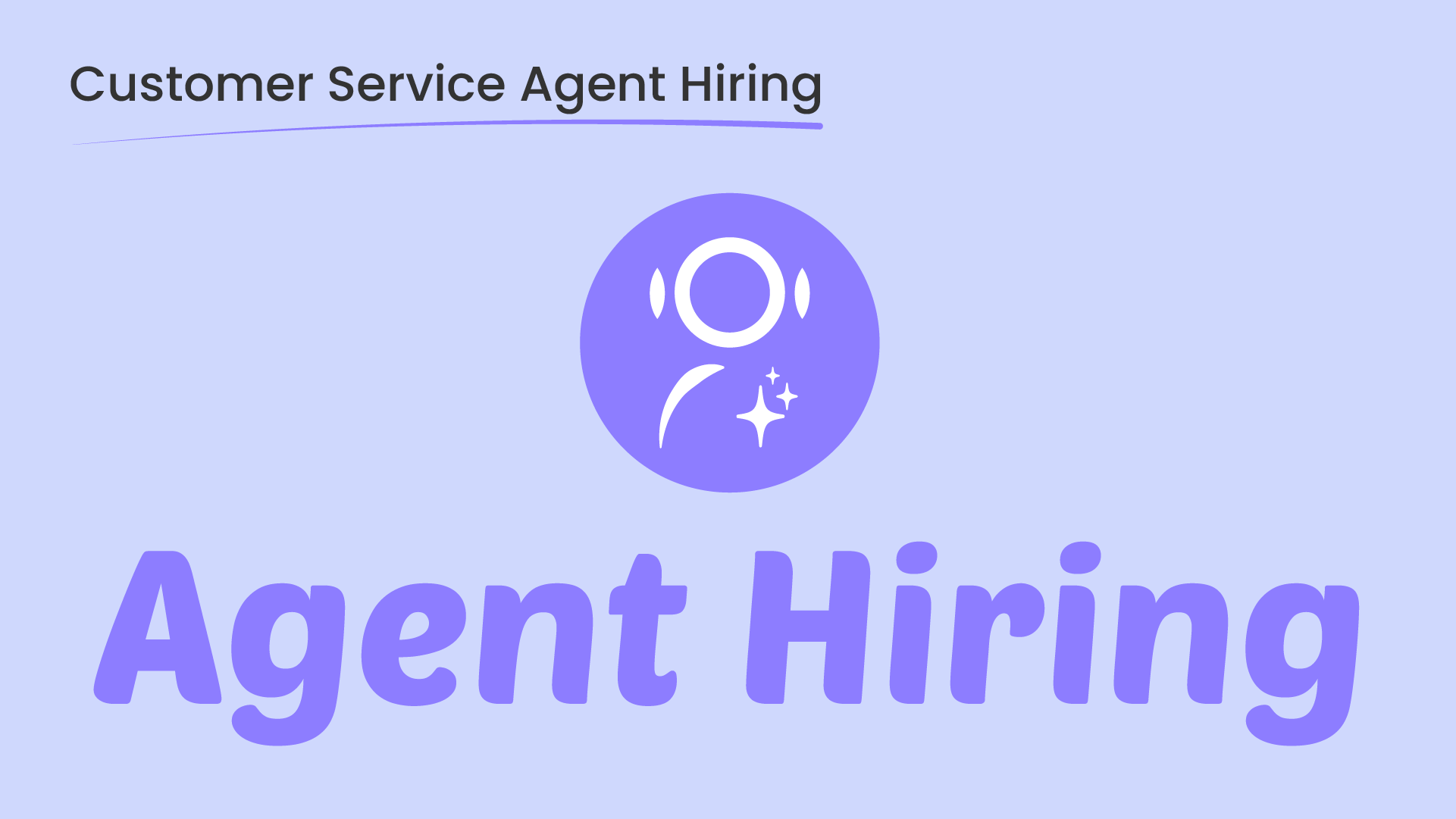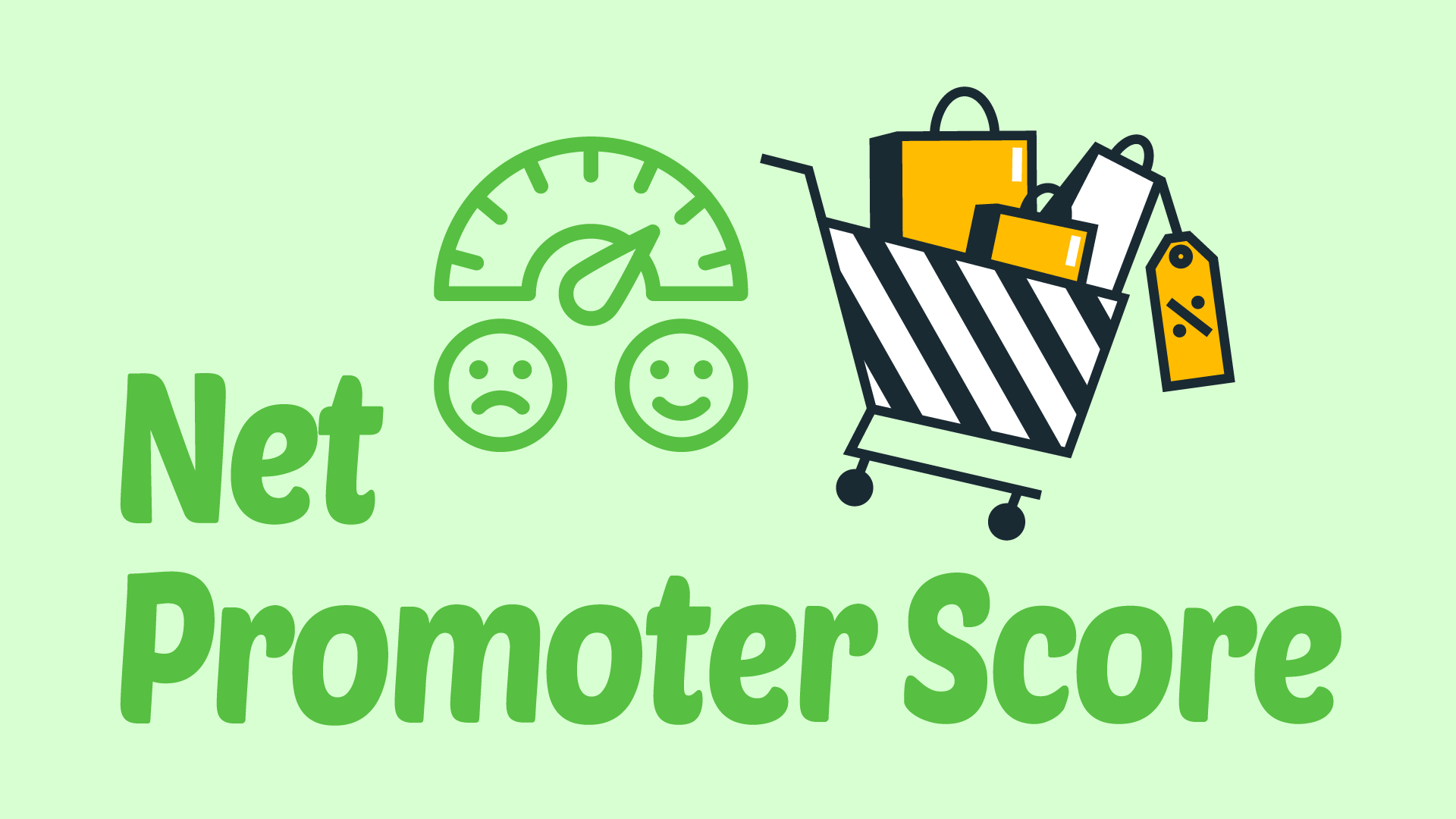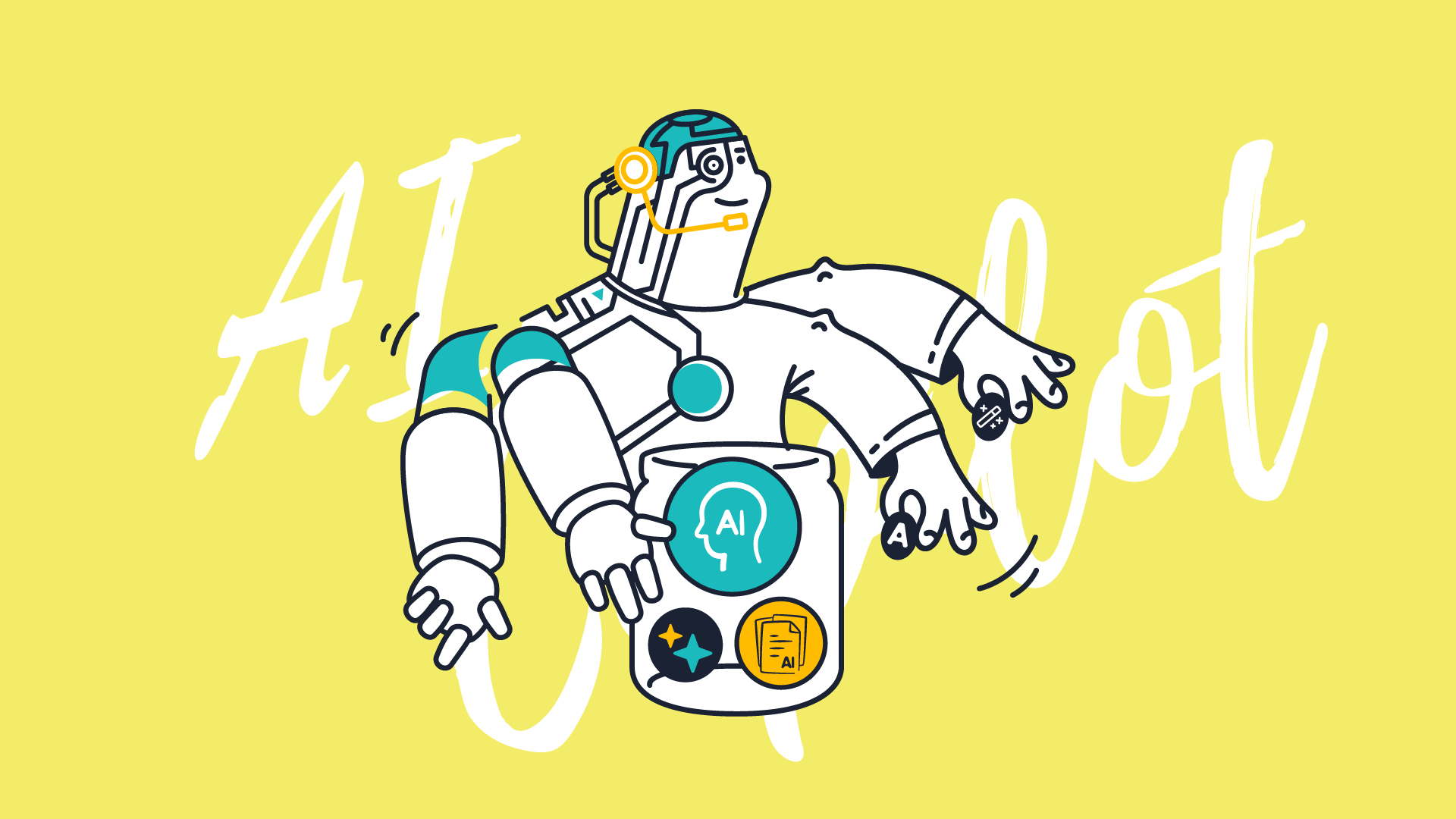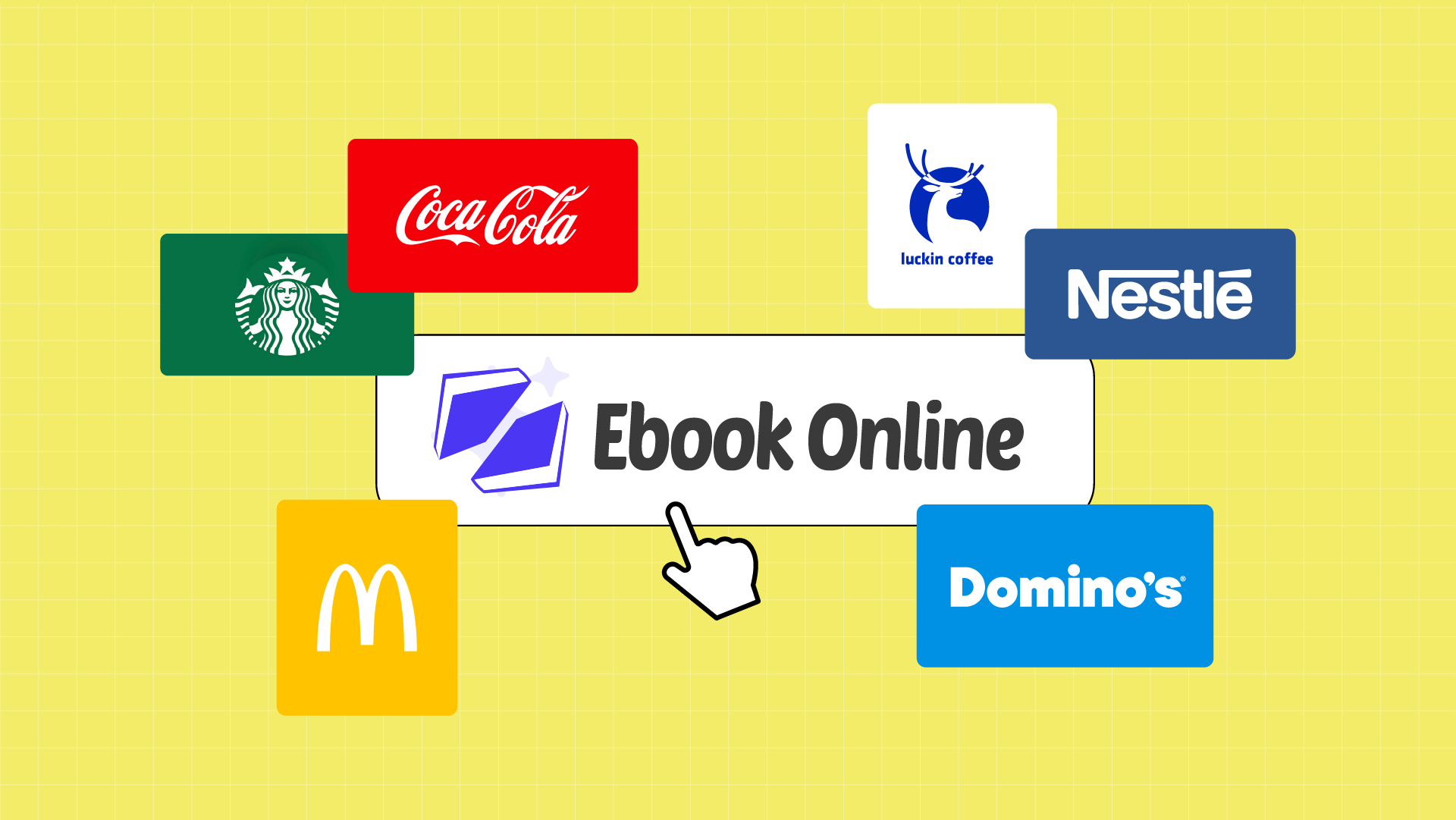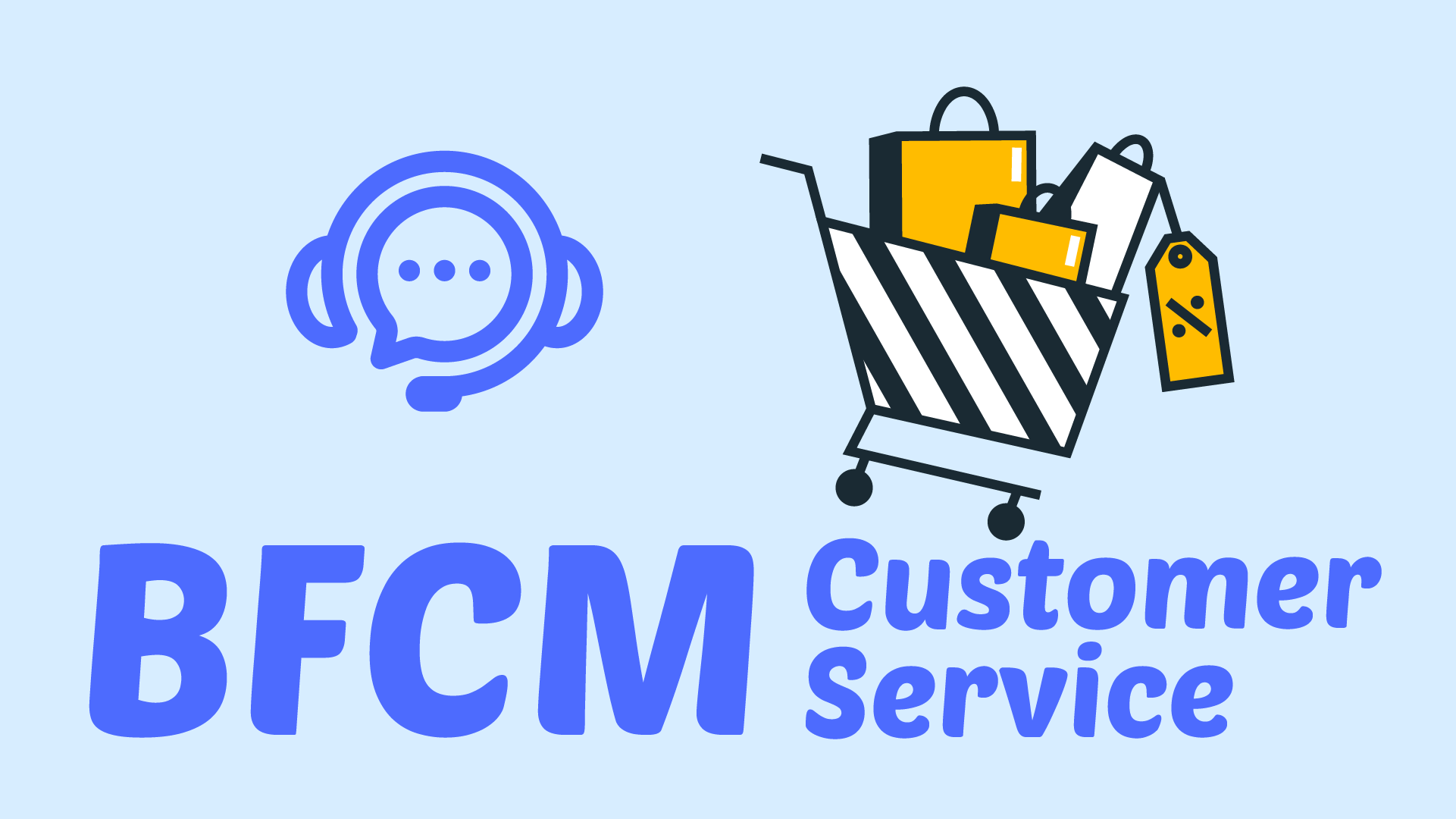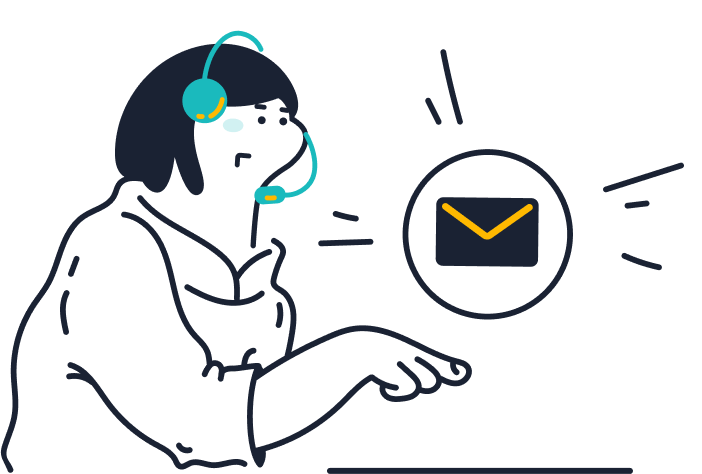When it comes to customer satisfaction and brand loyalty, customer service plays a pivotal role in shaping these aspects. A great support experience always has a well-structured team behind it. A team that is well-trained, evaluated, and optimized through effective and thoughtful hiring strategies.
In this guide, you will explore the things that you need to know about customer service agent hiring– from the employment models to training, KPI evaluation, and more.
What Exactly is a Customer Service Agent Hiring?

Customer service hiring refers to the process of training, recruiting, and managing individuals who will be responsible for engaging and interacting with customers through multiple channels. May it be by phone, chat, email, or in-person inquiries.
This process ensures that business stability, high customer satisfaction, and operational efficiency will always be met. A team that is well-built poses a great strategic importance since it will be guaranteed to always meet KPIs like average handle time (AHT), first contact resolution (FCR), and customer loyalty.
Types of Customer Service Agents and Hiring Models

Companies can employ customer service teams in various ways. This will always depend on the business needs of the company. Here are the hiring models:
Employment & Work Models:
- In-house Teams: These are teams that are working within the core business functions and long-term strategic work of the company. Moreover, they are best suited for maintaining brand voice and handling sensitive data of the company. They can be full-time or part-time employees. These types of customer service agents have stability, consistency, and deep knowledge of company processes as an advantage.
- Outsourced providers: These are individuals that are utilized during high-volume support functions, multilingual services, or non-core tasks. They are cost-effective and may provide 24/7 coverage. On the downside, they may lack the cultural alignment of the company. Nonetheless, they can be full-time, part-time, or even temporary staff.
- Freelancers & Platform Workers: Amazing for flexibility and short-term campaigns like seasonal gimmicks. They usually work temporarily and have gig-based roles. Although, they have the advantage of being flexible, have quick deployment capabilities, and have niche skills. They are usually in the marketing and creative aspects.
It is highly suggested that one use the employment selection matrix to weigh decisions against data sensitivity and business volatility.
Employment Standards and Hiring Process

Standards will always keep everything in check in any company. That’s why establishing clear standards in hiring will always be crucial. From onboarding to SOPs, organizations should make it clear when defining roles, responsibilities, and accountability paths for both employers and employees to understand their professional boundaries. A typical organizational structure includes:
- Frontline Agents: They mainly handle the customer inquiries which takes up 80%of their time while the remaining 20% is being allotted to the ticketing processing.
- Supervisors: They are the ones who monitor queues, coach their staff, and manage the team’s shifts.
- Training Specialist: They are the ones who onboard the new hires, upskill agents monthly, and maintain knowledge bases.
- Quality Analysts: These people conduct sampling, set scoring criteria, and optimize processes.
Competency Requirements for Hiring
In this type of field, one must possess the following skills:
Hard Skills
- Typing speed should be more than or equal to 50 words per minute.
- Proficient in CRM software.
- Knows how to multitask in chat and voice simulation.
Soft Skills
- Know how to be empathetic (evaluated through roleplay tests)
- Communication clarity.
- Stress reliance (evaluated through stress interviews
When hiring new employees, create a competency matrix to evaluate each candidate fairly and systematically.
Recruitment Methods for Customer Service Agent Managers

In order to build a trustworthy and high-performing support team, managers can combine multiple sourcing methods to achieve the most efficient outcome:
- Scenario-Based Interviews: Scenario simulations that utilize role-play skills to assess emotional capabilities
- School-Enterprise Partnerships: Ideal for entry-level roles and internships
- Short Video Job Ads: Allows the showcase of real work scenes that can be enticing for Gen Z applicants
- Referrals & Internal Promotions: Allows the reduction of onboarding time and can improve the retention of employees
- AI Screening: Voice analysis can gauge tone and response patterns, which can be useful for feedback.
Hiring Risk Management for the Company

In order to lessen and mitigate recruitment risks, companies must establish legal and quality controls.
- Contracts & NDA: This is most important for freelancers handling sensitive data. This is to ensure that company secrets and standards are not leaked.
- SLAs for Outsourcing: This can define response times, quality benchmarks, and exit clauses.
- Temporary-to-Regular Transition: This allows companies to determine efficient workers by converting employees who have proven their skills after a probation period. This will allow them to be more compliant.
Remember to only allow the grant of access to sensitive systems when necessary.
Customer Service Agent Recruitment Training and Development

When it comes to training employees to ensure they’re equipped for the job, they must undergo the following:
Tiered Training System:
- 0-30 Days: Allow the trainees to focus on product memorization and real-time correction during mock calls.
- 1-6 Months: Monthly case seminars analyzing tough interactions, cross-role shadowing
- Ongoing: After the 6-month period, continuous improvement must be given to the employees. This can be done by providing VoE feedback and refresher programs.
Utilizing structured onboarding templates can truly help managers assess and train their trainees.
Knowledge Base and Continuous Learning
- Update scripts, policies, and FAQs weekly using frontline feedback
- Align training, operations, and QA during quality meetings
- Reward feedback adoption via the VoE program
Supervisor Development Program
Ensure that the company’s supervisors are equipped with this three-axis growth plan:
- Data Interpretation: Make sure they know how to spot trends using AHT, CSAT, and other metrics in data.
- Coaching Skills: Supervisors must know how to give feedback using the sandwich method of providing praise to be followed by constructive feedback, which must end with encouragement.
- Crisis Training: Supervisors must know how to act in times of crisis. Simulate system downtimes or mass complaint scenarios.
Working Process and Daily Management

Structure is very important for customer service agents since they work in a fast-moving environment that demands responsiveness and high-level coordination.
Each day starts with initializing the tools used in work by logging in then reviewing tickets to be followed by syncing on various updates. Speed, accuracy, and positive customer experience are employed as inquiries would start flowing in.
When it comes to busy periods, it is important for the customer service agent to shift priorities quickly which requires a lot of flexibility. Clear communication is key to ensure a smooth and consistent experience for both the team and the customer every day.
As customer service agents wrap up their day, they finalize open tickets and calls that are still in progress, update and summarize their log case notes, and set proper case status. Furthermore, they ensure that customer interactions are well documented through their work platforms or ticketing systems. When new info is gathered, customer profiles are also updated at the end of the day. Lastly, they review metrics or KPIs, reflect with the team, and submit an end of day (EOD) of report before they hand off to the next shift.
KPI Evaluation
Key Performance Indicators or KPIs must be evaluated to quantify the performance level of a team.
For Frontline Agents:
- CSAT (Customer Satisfaction): 45%
- AHT (Average Handle Time): 30%
- Sales Conversion Rate: 25%
For Supervisors:
- Team Target Achievement: 60%
- Employee Retention Rate: 40%
Outsourcing-Specific:
- Knowledge Transfer Score: Measure alignment with internal SOPs
Incentives
Incentives are a great way to celebrate employees, ensuring that they will remain loyal to the company.
Short-Term:
- Daily recognition for the best-performing agents.
- A gamified and redeemable point system that can be used for other rewards
Long-Term:
- Top performing agents with consistent A-grade performance levels for three consecutive months will have promotion track opportunities or in-house training slots.
Use Cases and Applications
Customer service hiring strategies differ in application in different industries:
- E-commerce: You can use these strategies to hire temporary gig workers to handle high volumes of inquiries during sales.
- Healthcare & Finance: An in-house strategy would be a much better strategy for this kind of industry.
- VIP Support: A specialized strategy must be employed to get agents with niche skills for the job.
Salary of Customer Service Agents at Different Levels
Salaries in the customer service industry vary by experience, location, and employment type. The following are the average annual salaries consolidated based on data from Glassdoor and Upwork:
- Full-Time Employees (Annual Salary- USD)
- Entry-Level Customer Service Agent: $30,000 – $38,000/year
- Mid-Level Customer Service Specialist: $40,000 – $52,000/year
- Senior Agent/Team Lead: $55,000 – $70,000/year
- Customer Service Manager: $70,000 – $90,000+/year
- Freelancers (Hourly Rate – USD)
- Freelance Customer Support Agents: $10 – $35/hour
Challenge and Risks
- High Turnover: Signs like increased tardiness or disengagement must be monitored.
- Burnout: Schedule regular breaks, provide mental wellness resources, and rotate agents.
- Compliance: The separation of systems and credentials for outsourced workers can help companies avoid labor misclassification
- AI vs Human Touch: The limitation of AI automation can help preserve the personalized and humanized care of the company.
Best Practices and Actionable Recommendations
Now that you know the different strategies, use cases, risks, and many more, here are the best practices and recommendations that you can apply:
Hiring Checklist:
- Establish role expectations
- Use skill simulation during interviews
- Check references and NDA compliance
Onboarding Template:
- Day 1: Introduction + tools setup
- Week 1: Product training + CRM usage
- Week 2: Shadow sessions
- Week 3: Live interaction with feedback
KPI Monitoring Dashboards:
- Auto-sync the dashboard with the CRM
- Use color-coded alerts for SLA violations
- Export data every week for review meetings
Conclusion
Customer service agent hiring is not an easy task. It requires a lot of analysis, especially in the risk and skills of an individual. It’s no longer a transactional process since it now requires strategic methods to directly impact customer experience and business performance.
Through adopting smart recruitment models, KPI tracking, incentive systems, and rigorous training, businesses can establish a high-performing, resilient, scalable customer support team that can guarantee customer satisfaction at all times.
